The Australian Energy Market Commission (AEMC) has released a draft plan designed to better integrate energy storage systems into the National Electricity Market (NEM) and slash red tape so aggregators of distributed energy resources (DER), including residential battery storage and rooftop solar PV systems can earn extra income.
The draft plan is also designed to ensure market participants with large-scale batteries have fewer cost and logistics hurdles to participating in the market.
And in a final ruling also announced Thursday, the AEMC has created a new fast frequency response market to financially reward energy providers that can provide almost instant system stability services when the grid needs frequency control to avoid blackouts.
AEMC chair Anna Collyer said the reforms acknowledge the NEM is no longer a one-way transaction.
“The energy market is moving to a future that will be increasingly reliant on storage to firm up the expanding volume of renewable energy as well as address the growing need for critical system security services as the ageing fleet of thermal generators retire,” she said.
“Within two decades, installed storage is expected to increase by 800%, it will be central to energy flowing two ways.”
The AEMC said the final determination to create a new fast frequency response market is the first in a string of new markets being designed to ensure security for the grid as the energy sector decarbonises.
The new market will provide an income stream for batteries, aggregator and hybrid businesses and other fast responders like solar PV, wind or those offering demand management services able to react within one to two seconds to stabilise system frequency.
“As our energy mix continues to change, we will need these new, ultra-fast options,” Collyer said.
“They’re like an insurance policy for keeping the energy system in balance and avoiding blackouts.”
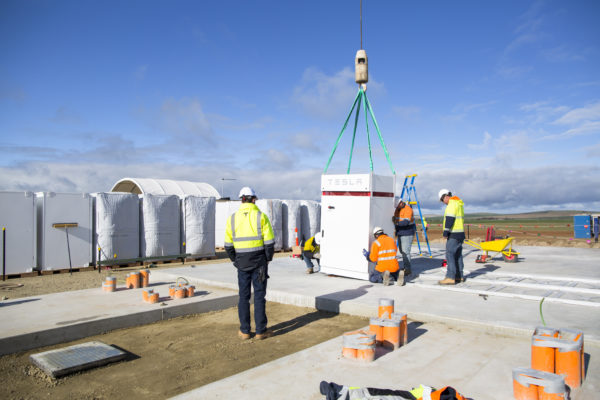
Image: Neoen
There are already frequency control ancillary services markets available, but until now, the fastest service was six seconds. The reforms could see response times of one or two seconds, provided by grid-scale batteries.
Mark Chilcote, managing director of Australian lithium-ion battery manufacturer Energy Renaissance, said the proposed changes recognise the role battery energy storage has to play as Australia transitions to a renewables dominated electricity market.
“For far too long, battery storage has not received the recognition it deserves for stabilising Australia’s electricity grid.” he said.
“However, AEMC’s proposed rule changes everything and this will strengthen the business case for battery storage.
“We expect the demand for batteries to increase from homeowners, businesses to utility-scale projects.”
The announcement of the fast frequency response market, which is due to be implemented in October 2023, coincides with the release of a draft energy storage plan which is expected to simplify arrangements for market players that send energy both ways.
By creating a universal category called an integrated resource provider, the same rules will apply to anyone who provides storage or a combination of energy services – whether it be batteries, pumped hydro, companies that aggregate energy from small generation and storage units, or large-scale hybrid facilities that combine different technologies behind the one connection point (like factories with solar PV and a battery).
The AEMC said the proposed change will level the playing field for market participants with energy storage assets.
Market participants with batteries will no longer need to register twice to both draw energy from the grid and send it out.
“For small customers, this will open up opportunities to earn more revenue for their home battery, because they can sign up with innovative new aggregator businesses who will pay them for using their battery at certain times,” the AEMC said.
“At the moment, aggregator businesses can only provide energy one way, but our changes will open up new business models for them.”
Andrew Mears, CEO of Newcastle-based smart-software company SwitchDin, said the new aggregator role will allow home and business owners to get more value from their battery via their retailer’s virtual power plant (VPP).
“It also opens up new opportunities for home and business owners as the customers of electricity retailers, where the retailer or a third party aggregator bids the customer assets for energy market or ancillary services on behalf of asset owners,” he said.
“These aggregators will need to get the best deal possible while also helping to keep the grid stable and rewarding their customers.”
Collyer said the proposed change would work in tandem with existing proposals on DER currently under consideration, which are designed to make home batteries a more attractive way to maximise solar investments.
“It’s also central to the Commission’s plans to make the rules more forward-looking so that they work for technology that hasn’t been invented yet,” she said.
“If we make the rules more elastic to focus on what market service you offer rather than who you are, they will stay relevant in the face of rapid change and support energy innovation.”
A final decision on the battery rule change will be made in October.
This content is protected by copyright and may not be reused. If you want to cooperate with us and would like to reuse some of our content, please contact: editors@pv-magazine.com.
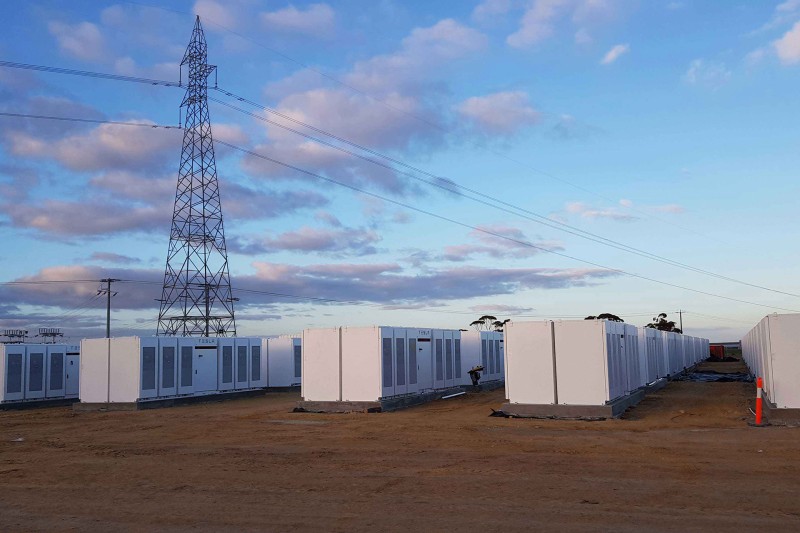
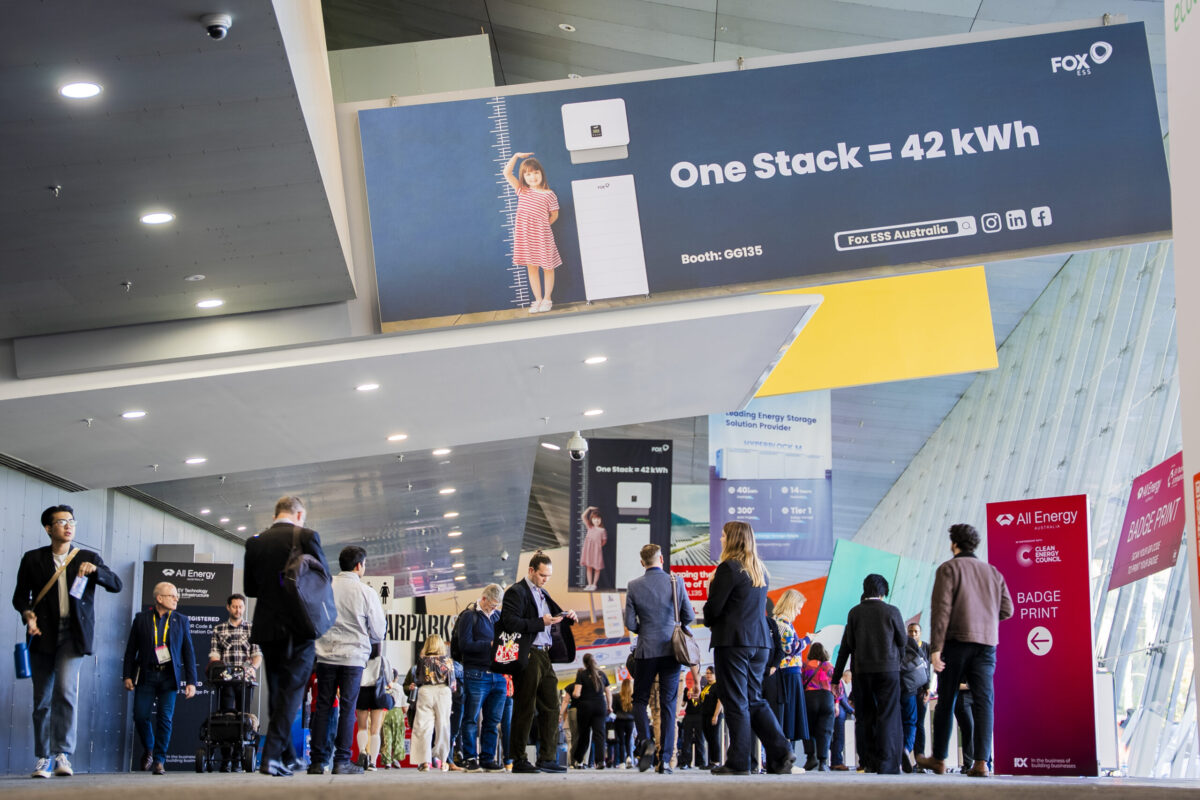


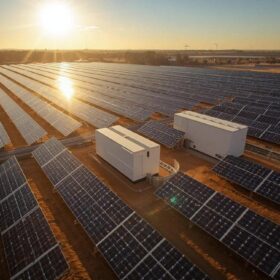
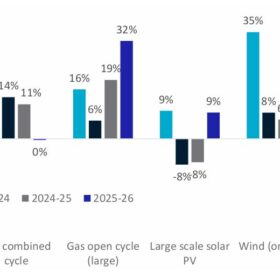
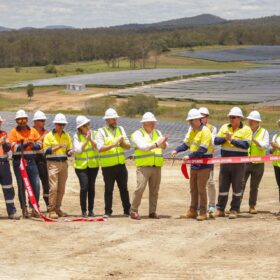

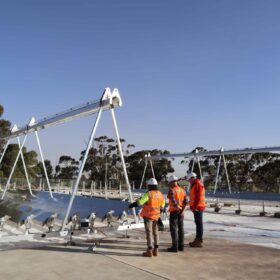
As I have always maintained in past posts, batteries makes sense for a high usage household. Payback for whole system (PV + storage) in these situation can easily go below 8 years ( in our case). Now with these new AEMO rules this will even be better. We a situation were will aim for zero export to the grid when the rules come into a effect. Solar plus storage is the way, people should talk about the right system (solar +storage) payback especially for those who bought both from the outset. The issue of excluding storage all the time people calculate solar payback scenarios is not only inaccurate, but discourages fast transition to value added renewables.